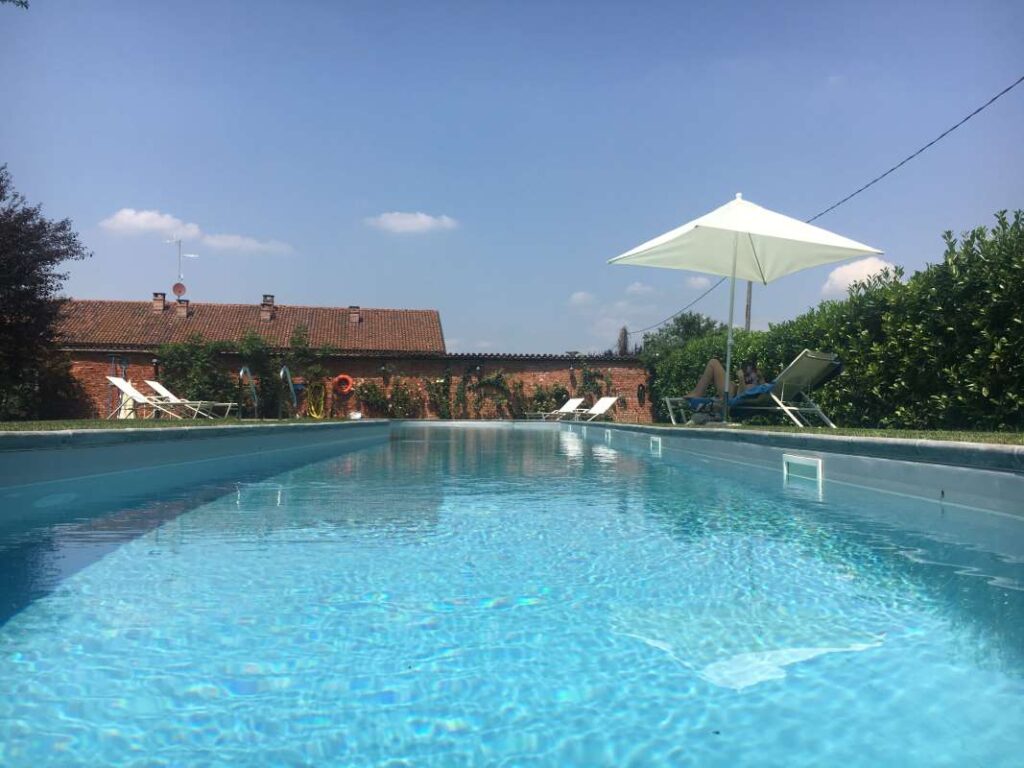Route Planning Tips for High-Traffic Areas in Santa Clara County, California
Santa Clara County, California, is known for its bustling cities, vibrant culture, and, unfortunately, its traffic congestion. With a growing population and a constant influx of visitors, navigating the high-traffic areas can be a challenge. This blog post offers valuable route planning tips specifically tailored to help you traverse Santa Clara County’s busiest regions more efficiently. Whether you’re commuting to work, running errands, or exploring the county’s attractions, implementing these strategies can save you time and reduce stress.
Traffic congestion is an everyday reality in Santa Clara County, especially in cities like San Jose, Santa Clara, and Cupertino. As the third-largest county in California and home to Silicon Valley, the volume of vehicles on the road continues to rise. Understanding the traffic patterns and incorporating smart planning techniques can drastically improve your travel experience. In this article, we will discuss essential tips for effective route planning, the importance of using technology, and how to stay informed about local traffic conditions.
Understanding Traffic Patterns
To navigate high-traffic areas successfully, it’s crucial to understand the typical traffic patterns in Santa Clara County. Peak traffic hours generally occur during weekdays from 7:00 AM to 9:00 AM and 4:00 PM to 7:00 PM. During these times, major routes such as Highway 101, I-280, and I-880 can become heavily congested. For instance, the stretch of Highway 101 near San Jose is notorious for delays during rush hour.
Analyzing historical traffic data can provide insights into when and where congestion is most likely to occur. Websites like the California Department of Transportation (Caltrans) offer real-time traffic updates and reports. However, leveraging apps like Waze can provide personalized route suggestions and alert you about accidents or road closures that might affect your journey.
Additionally, consider the impact of local events on traffic patterns. During major events such as concerts at the SAP Center or the annual San Jose Jazz Festival, expect an influx of vehicles in nearby areas. Planning your travel around these events or utilizing alternative routes can help avoid unnecessary delays.
Utilizing Technology for Smart Route Planning
In an age dominated by technology, utilizing mobile applications and GPS devices to aid route planning is essential. Popular navigation apps like Google Maps and Waze can optimize your route based on real-time traffic conditions. These applications not only provide step-by-step directions but can also suggest alternate routes if a major road is congested.
For instance, if you’re traveling from Campbell to San Jose, using Google Maps can pinpoint the fastest route by considering current traffic conditions. Waze, on the other hand, allows users to input their destination and receive live updates from other drivers about traffic jams, accidents, or police presence, ensuring that you remain informed throughout your journey.
Moreover, familiarize yourself with local traffic laws and regulations. Understanding the rules of the road can help you navigate intersections and roundabouts more effectively, minimizing the likelihood of accidents or delays. Keep an eye out for bike lanes and pedestrian crossings, especially in busy downtown areas, to avoid potential hazards.
Time Management: Planning Ahead
Proper time management is critical when navigating high-traffic areas. Always allow extra time for your journey, especially if you’re unfamiliar with the area or traveling during peak hours. Setting out earlier than necessary can provide a buffer to accommodate unexpected delays, such as construction or accidents.
For instance, if you usually take 30 minutes to get to work, consider leaving 15 minutes earlier during rush hour. This way, you’ll arrive at your destination with less stress, and you might even have time for a quick coffee break or to catch up on emails before starting your day.
In addition to planning your departure time, consider your return trip as well. If you need to run errands after work, be mindful of the timing. Traffic can be just as congested in the evening as it is in the morning. If possible, consider rescheduling non-essential errands to off-peak hours, such as mid-morning or mid-afternoon, when traffic is generally lighter.
Alternative Transportation Options
Considering alternative transportation options can significantly reduce the stress of navigating high-traffic areas. Santa Clara County boasts a comprehensive public transportation system, including buses and light rail services provided by VTA (Valley Transportation Authority). Utilizing these services can help you avoid traffic altogether and often saves on parking costs.
For those who enjoy biking or walking, Santa Clara County offers many trails and bike lanes. For example, the Los Gatos Creek Trail provides a scenic route for cyclists and pedestrians, allowing you to avoid busy roads and enjoy the beautiful California landscape. Additionally, bike-sharing programs are available in various cities, offering a convenient and eco-friendly mode of transportation.
Carpooling is another effective strategy to reduce traffic congestion. Sharing rides with colleagues or friends not only helps minimize the number of vehicles on the road but can also make your commute more enjoyable. Services like RideShare and local carpool programs can connect you with others traveling in the same direction.
Staying Informed About Local Traffic Conditions
Staying updated on local traffic conditions is paramount for effective route planning in Santa Clara County. Regularly check traffic reports and news outlets for updates on road closures, construction projects, and accidents that may affect your route. Local radio stations also provide traffic reports during peak hours, which can be helpful for last-minute adjustments.
Furthermore, consider subscribing to traffic alert services that send notifications directly to your phone. These alerts can provide real-time updates on major incidents, allowing you to reroute before encountering delays. Apps like Nextdoor can also be useful for receiving local community updates, including traffic issues.
Additionally, familiarize yourself with any ongoing road construction projects in your area. The California Department of Transportation often provides information on planned construction timelines and potential impacts on traffic flow. Being aware of these projects ahead of time can help you plan your routes and avoid delays.
Leveraging Local Knowledge and Resources
Sometimes, the best way to navigate high-traffic areas effectively is to tap into local knowledge. Engaging with community forums or social media groups that focus on Santa Clara County can offer valuable insights. Residents often share their experiences with traffic patterns, construction updates, and the best alternative routes.
Networking with local business owners or frequent commuters can also provide tips on navigating specific areas more efficiently. For instance, if you’re new to the area, asking locals about their preferred routes or the best times to travel can save you time and frustration.
Moreover, local businesses often have a vested interest in ensuring that their customers can access their services easily. They may provide insights on less congested routes or have partnerships with local transport services that can assist in managing traffic-related issues.
Best Practices for Efficient Route Planning
Adopting best practices for route planning can significantly improve your travel experience in Santa Clara County. Here are some effective strategies:
- Plan Your Route Before Setting Out: Take a few moments to map out your journey before you leave. Familiarizing yourself with your route can help you avoid unnecessary detours.
- Use Multiple Navigation Apps: Different apps may provide varying traffic data. Comparing routes on Google Maps and Waze can help you choose the optimal path.
- Be Flexible: If you encounter heavy traffic, don’t hesitate to explore alternative routes. Sometimes a slightly longer route can be faster due to less congestion.
- Incorporate Breaks: If you’re embarking on a longer journey, plan for breaks. Stopping at rest areas or local parks can not only rejuvenate you but also provide an opportunity to check traffic updates.
- Practice Defensive Driving: Staying calm and patient while driving can improve your safety and overall experience. Avoid aggressive driving behaviors, as they can lead to accidents and increased delays.
By implementing these strategies, you can make your travel through Santa Clara County less stressful and more efficient. Remember, the goal is to reach your destination safely and enjoyably, regardless of the traffic conditions.
Conclusion
Navigating high-traffic areas in Santa Clara County can be a daunting task, but with the right planning and tools, you can make the most of your travel experience. Understanding traffic patterns, utilizing technology, and managing your time effectively can significantly reduce stress and improve efficiency. By considering alternative transportation options and staying informed about local conditions, you can navigate the busy streets of Santa Clara County with confidence.
Whether you’re commuting to work, running errands, or simply exploring the beautiful landscapes of the area, applying these route planning tips will ensure a smoother journey. For those looking to expand their business in the area, understanding the local traffic dynamics can also provide insight into customer accessibility. As you plan your travels, remember the importance of flexibility and local knowledge in optimizing your routes. Safe travels!



